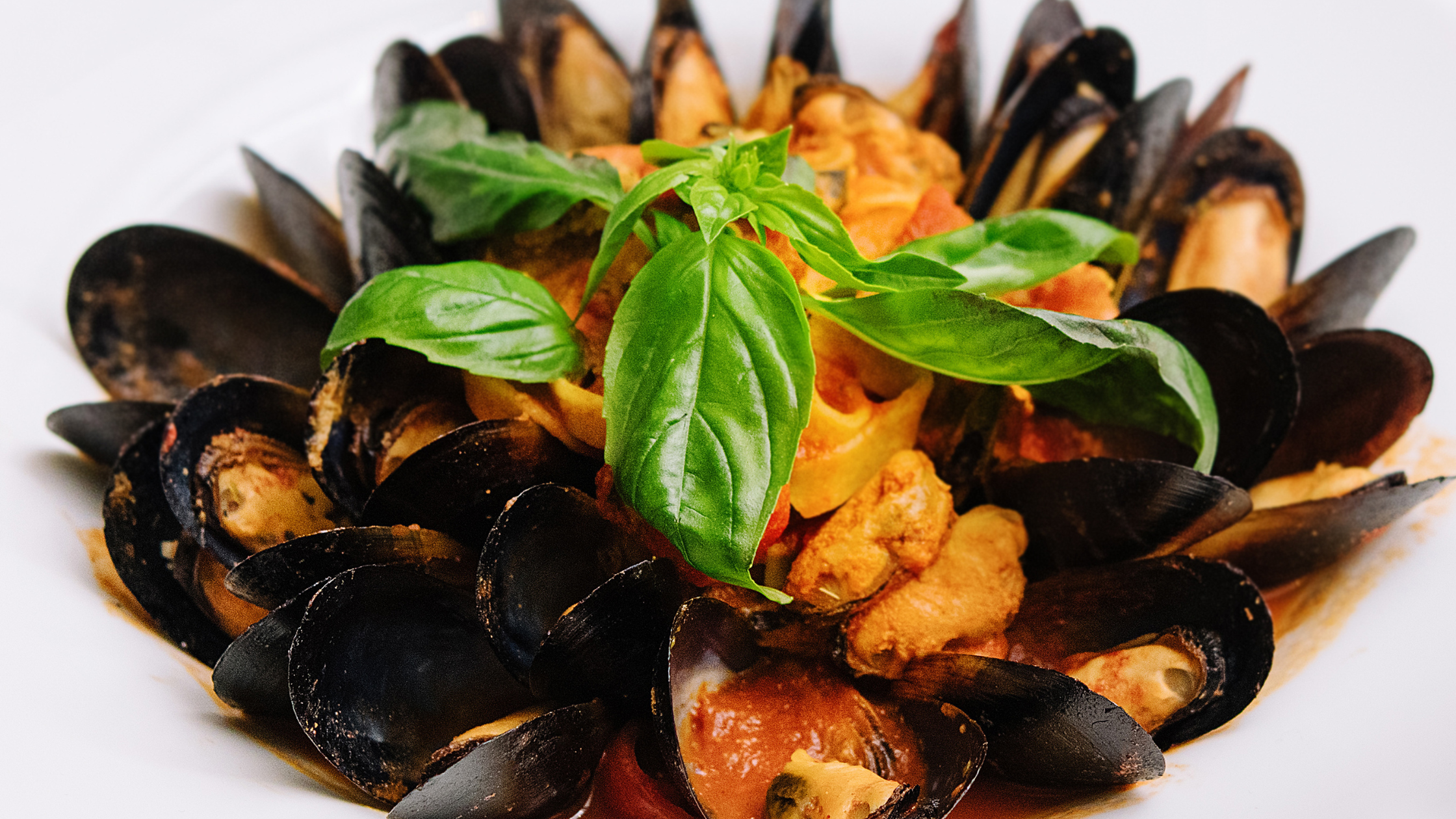
Savor the Sea: How to Make Mussels In White Wine Garlic Delight
Picture this: the sun dips below the horizon, casting a golden glow across the ocean while you sit at a seaside bistro, savoring each exquisite
FREE Overnight Shipping on orders over $300 ($200 in CA. Some suburbs are not included).
By Rebecca Gardon
 Recently media has been rumbling about mislabeling of seafood and fish fraud. It’s clear that people are genuinely confused about seafood. We don’t blame them.
Recently media has been rumbling about mislabeling of seafood and fish fraud. It’s clear that people are genuinely confused about seafood. We don’t blame them.
Recent studies by ocean conservationist group Oceana report that roughly one-third of U.S seafood is mislabeled. Customers unknowingly may get duped when restaurants and grocery stores substitute a cheaper fish such as tilapia for a more expensive one such as red snapper. Think of it like paying for filet mignon but getting hamburger meat instead. That’s outright fraud, and it’s also illegal.
The idea of seafood mislabeling on the other hand isn’t so black and white, and making distinctions is important.
There’s a lot to consider and retailers are in a tough spot. The FDA recognizes 1,700 marketable fish; however, states have their own guidelines and sometimes state and federal law disagree. In California for example, 13 species of rockfish can be labeled and sold as Pacific red snapper. Yet for someone looking to eat actual snapper, only the species true red snapper fits the bill.
Some fish may be coined with alternative names for marketing purposes. Chilean seabass is actually the more intimidating-sounding Patagonian toothfish. And what sushi restaurants sometimes serve as white tuna or king tuna isn’t tuna at all – it’s escolar. To complicate matters further, escolar might also be labeled on a menu as butterfish, a term that can also apply to the entirely different sablefish, which also goes by black cod.
What can a fish fan do?

Picture this: the sun dips below the horizon, casting a golden glow across the ocean while you sit at a seaside bistro, savoring each exquisite
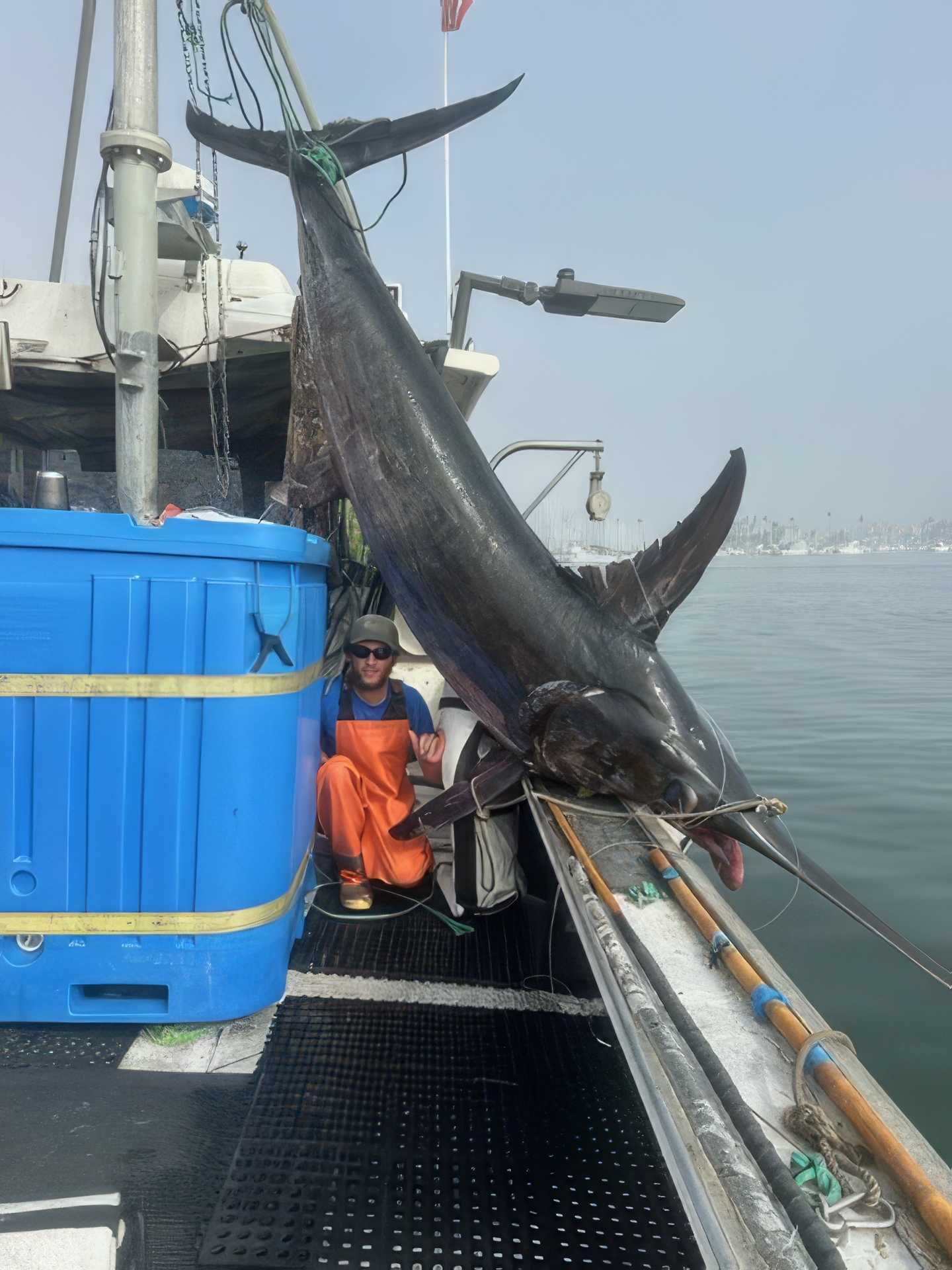
The Conservation Benefits of Deep-Set Fishing At Catalina Offshore Products, sustainability isn’t just a buzzword—it’s a commitment. As a small family-owned company, we pride ourselves
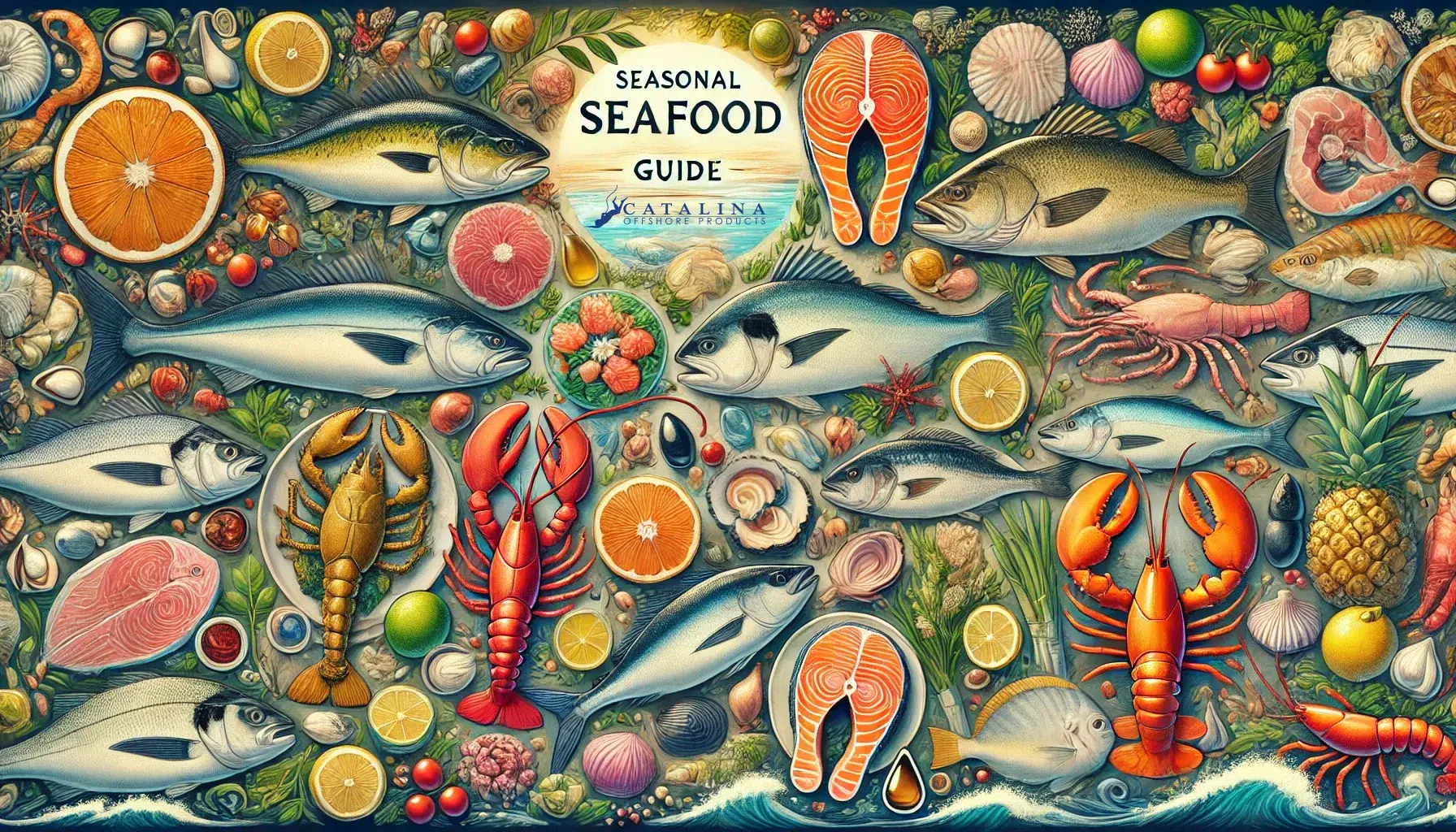
As we journey through the latter half of the year, each month presents us with an array of fresh seafood delights. From the vibrant flavors of summer to the comforting dishes of winter, choosing and preparing the perfect fish or shellfish can truly elevate your meals. Here’s your comprehensive guide to selecting and cooking the best seasonal seafood from August to December.
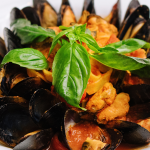
Savor the Sea: How to Make Mussels In White Wine Garlic Delight
Picture this: the sun dips below the horizon, casting a

The Conservation Benefits of Deep-Set Fishing: A Sustainable Seafood Solution
The Conservation Benefits of Deep-Set Fishing At Catalina Offshore Products,
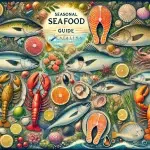
Your Ultimate Seasonal Fish Guide: Savor the Freshest Catches from August to December 2024
As we journey through the latter half of the year, each month presents us with an array of fresh seafood delights. From the vibrant flavors of summer to the comforting dishes of winter, choosing and preparing the perfect fish or shellfish can truly elevate your meals. Here’s your comprehensive guide to selecting and cooking the best seasonal seafood from August to December.